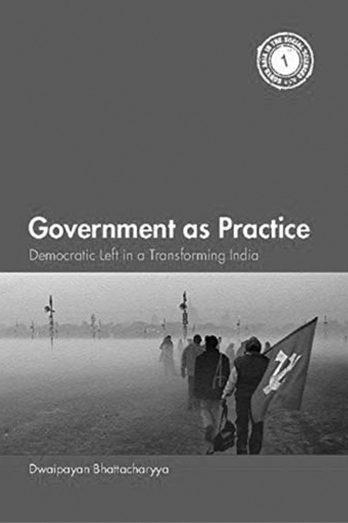This is an important book that tackles a question where more heat than light tends to be generated; namely why has the Left faced such catastrophic failure in Bengal, a State where it once ruled unchallenged? Of course some may consider this a moot question. After all the Left across the world, except in Latin America, has been in steady decline, unable to withstand the collapse of the Soviet model and the consequent rise of neoliberalism. But the story of decline is not the same everywhere, and conventional wisdom may be no more than lazy, unexamined consensus. Bhattacharyya takes as his starting point the concept of ‘government as practice’, which he defines as a process by which governments attempt to work through the messy terrain of social contradictions, grasping ideological polarities and transforming them into meaningful practice. He borrows this term from Foucault’s concept of practice: ‘the problematic of government … [that] … seeks to place the government of the self, the community, the society or the state on a continuum of interplay involving centralization and dispersal, regulation and dissidence’ (p. 32). Along with Foucault, there is an emphasis on the sociological Marxism of sociologist Michael Burawoy, with antecedents in Gramsci—neither capitalism, nor classes are created or unfold in a linear fashion. A keen historical specificity and attention to immanent, everyday practice are the key to moving away from the kind of abstractions and economistic analyses that plague discussions of the Left (and one may argue such a sensibility should inform Left practice). How well does Bhattacharyya follow these injunctions, and to what end are these pressed into the service of understanding Left decline in Bengal?

How To Retrieve Credibility
Manali Desai
GOVERNMENT AS PRACTICE: DEMOCRATIC LEFT IN A TRANSFORMING INDIA by By A. Raghurama Raju Cambridge University Press, New Delhi, 2016, 290 pp., 750.00
October 2016, volume 40, No 10
